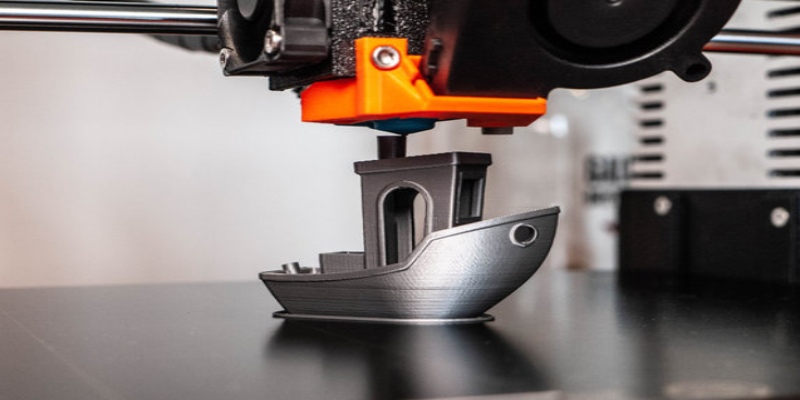In the world of 3D printing, the quality of your filament can significantly affect the outcome of your prints. However, many enthusiasts overlook the importance of properly storing and preserving their filaments. Two common factors that can degrade filament quality are moisture absorption and UV exposure. In this blog, we’ll delve into the effects of these elements and discuss strategies for preserving your 3D printing filament.
Moisture Absorption:
Moisture absorption is a common issue that affects filaments made from hygroscopic materials such as PLA, ABS, nylon, and PETG. When exposed to humid environments, these filaments can absorb moisture from the air, leading to a range of printing problems including:
- Poor Print Quality: Moisture-laden filament tends to bubble and sputter during printing, resulting in rough surfaces and inconsistent layers.
- Brittle Prints: Excessive moisture can cause filaments to become brittle, leading to layer separation and weak structural integrity in printed parts.
- Nozzle Clogging: Moisture absorbed by the filament can vaporize inside the hot end, leading to nozzle clogs and print failures.
To mitigate the effects of moisture absorption, here are some tips:
- Storage in Airtight Containers: Store your filament in airtight containers with desiccant packs to absorb any moisture present in the air.
- Dry Boxes: Invest in dry boxes equipped with filament feeders that maintain a low-humidity environment for your filament reels.
- Dehumidifiers: Consider using a dehumidifier in your printing area to reduce ambient humidity levels.
- Pre-print Drying: Before printing, dry your filament in an oven or a dedicated filament dryer to remove any absorbed moisture.
UV Exposure:
UV radiation from sunlight and artificial light sources can degrade the quality of certain filament types, particularly those containing additives or dyes sensitive to UV light. The effects of UV exposure on filament include:
- Yellowing: White or transparent filaments may yellow when exposed to UV light for prolonged periods, affecting the appearance of printed parts.
- Reduced Strength: UV radiation can weaken the molecular bonds in filament material, leading to reduced tensile strength and increased brittleness.
- Print Warping: UV exposure can cause filaments to warp or deform, resulting in print failures or dimensional inaccuracies.
To protect your filament from UV exposure, follow these guidelines:
- Storage in Opaque Containers: Store your filament reels in opaque containers or drawers to shield them from direct sunlight and artificial UV light sources.
- UV-Resistant Filament: When possible, choose filament formulations that are specifically designed to resist UV degradation for outdoor applications.
- Print Enclosures: Use print enclosures to shield your prints from UV light during the printing process, especially for long-duration prints.
- Post-Processing Sealants: Apply UV-resistant sealants or coatings to printed parts to provide an additional layer of protection against UV damage.
By understanding the impact of moisture absorption and UV exposure on 3D printing filament, you can take proactive steps to preserve the quality of your filament and achieve better printing results. Whether it’s storing filament in a dry environment or protecting prints from UV light, investing time and effort into proper filament preservation practices will pay off in the form of smoother, more reliable prints.
Elevate your 3D printing game with Excel 3 DP, the leading 3D printer Manufacturing Company in India offering a comprehensive range of 3D printers, and 3D printing services in India. Whether you’re in search of an industrial 3d printer manufacturer in India, composite 3d printing filament, or expert printing services, Excel 3 DP is your go-to destination.
To know more book an appointment today.
